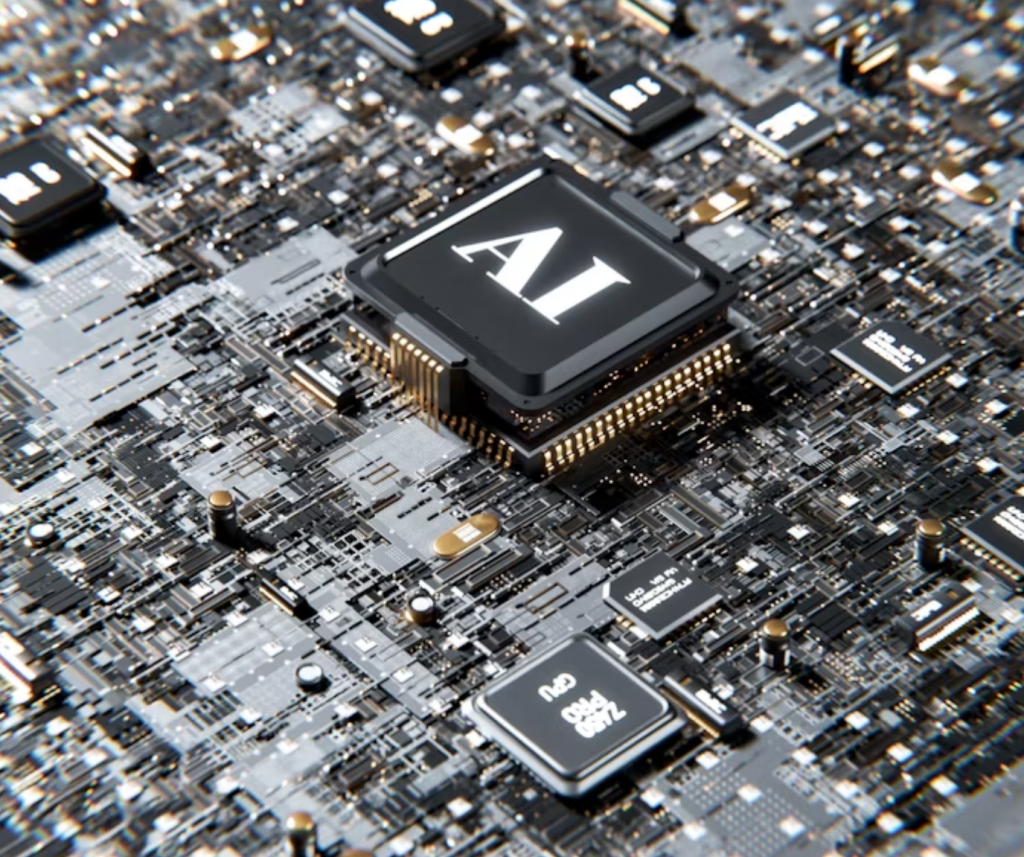Introduction To Deep Learning Frameworks: Tensorflow, Pytorch, And Keras
Deep learning frameworks have become essential tools in the field of artificial intelligence, enabling developers and researchers to build, train, and deploy complex neural network models efficiently. Among the various deep learning frameworks available today, TensorFlow, PyTorch, and Keras are three of the most popular choices.
TensorFlow, developed by Google Brain, is widely used for its scalability and flexibility in building deep learning models. PyTorch, maintained by Facebook’s AI Research lab, is known for its dynamic computational graph feature that allows for easier debugging and experimentation. Keras, on the other hand, is a high-level neural networks API that can run on top of TensorFlow or Theano.
Each framework has its own unique features and advantages, making it important for developers to understand the differences between them before choosing one for their projects. In this article, we will explore and compare these three deep learning frameworks – TensorFlow, PyTorch, and Keras – to help you make an informed decision when selecting a framework for your next deep learning project.
Features And Capabilities Of Tensorflow, Pytorch, And Keras
TensorFlow, PyTorch, and Keras are three popular deep learning frameworks that offer a wide range of features and capabilities for building and training neural networks. TensorFlow, developed by Google, is known for its flexibility and scalability, making it ideal for large-scale projects. It provides a high-level API called Keras which simplifies the process of building neural networks.
PyTorch, on the other hand, is favored by researchers for its dynamic computation graph and ease of debugging. It allows for more flexibility in model building and experimentation compared to TensorFlow. PyTorch also offers a strong community support with many pre-trained models available.
Keras, built on top of TensorFlow, is designed to be user-friendly and easy to learn. It is commonly used for quick prototyping and building simple neural networks.
Each framework has its own strengths and weaknesses depending on the specific requirements of the project. Understanding the unique features and capabilities of TensorFlow, PyTorch, and Keras can help developers choose the right tool for their deep learning tasks.
Performance Comparison And Use Cases Of Tensorflow, Pytorch, And Keras
When it comes to performance, TensorFlow, PyTorch, and Keras each have their strengths and weaknesses. TensorFlow is known for its scalability and efficiency in handling large datasets, making it ideal for production-level applications. PyTorch, on the other hand, is praised for its flexibility and ease of use in building complex neural network architectures. Keras, which is now integrated into TensorFlow as its high-level API, offers a user-friendly interface that simplifies the process of building and training deep learning models.

In terms of use cases, TensorFlow is commonly used in industries such as healthcare and finance where large amounts of data need to be processed quickly and efficiently. PyTorch is often preferred by researchers and academics due to its dynamic computational graph feature that allows for more experimentation with model architectures. Keras is popular among beginners or those looking to quickly prototype deep learning models without having to deal with the complexities of low-level programming.
Ultimately, the choice of framework depends on the specific requirements of a project and the expertise of the user.

